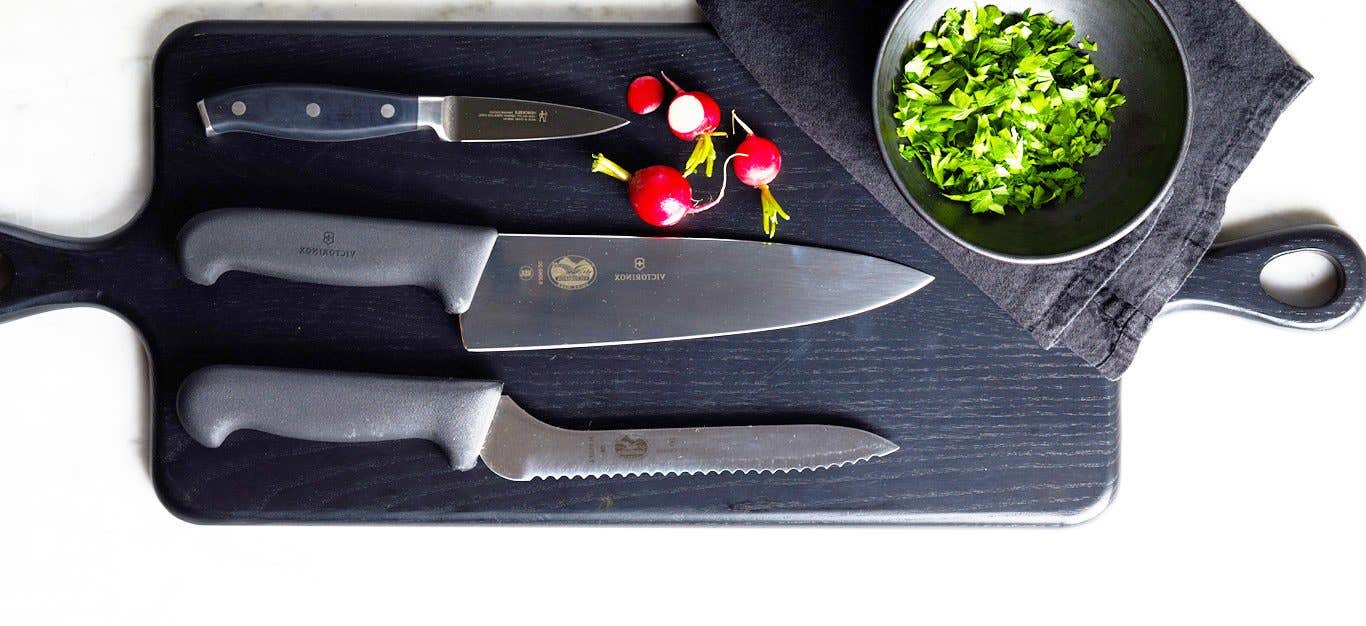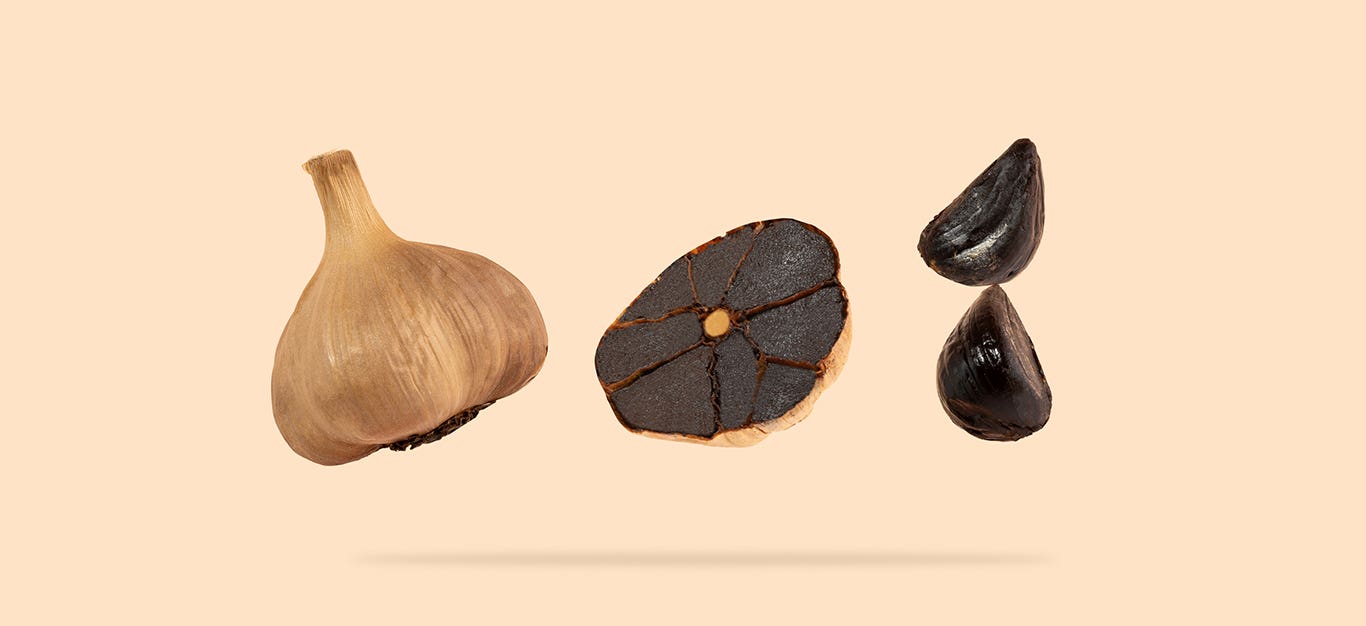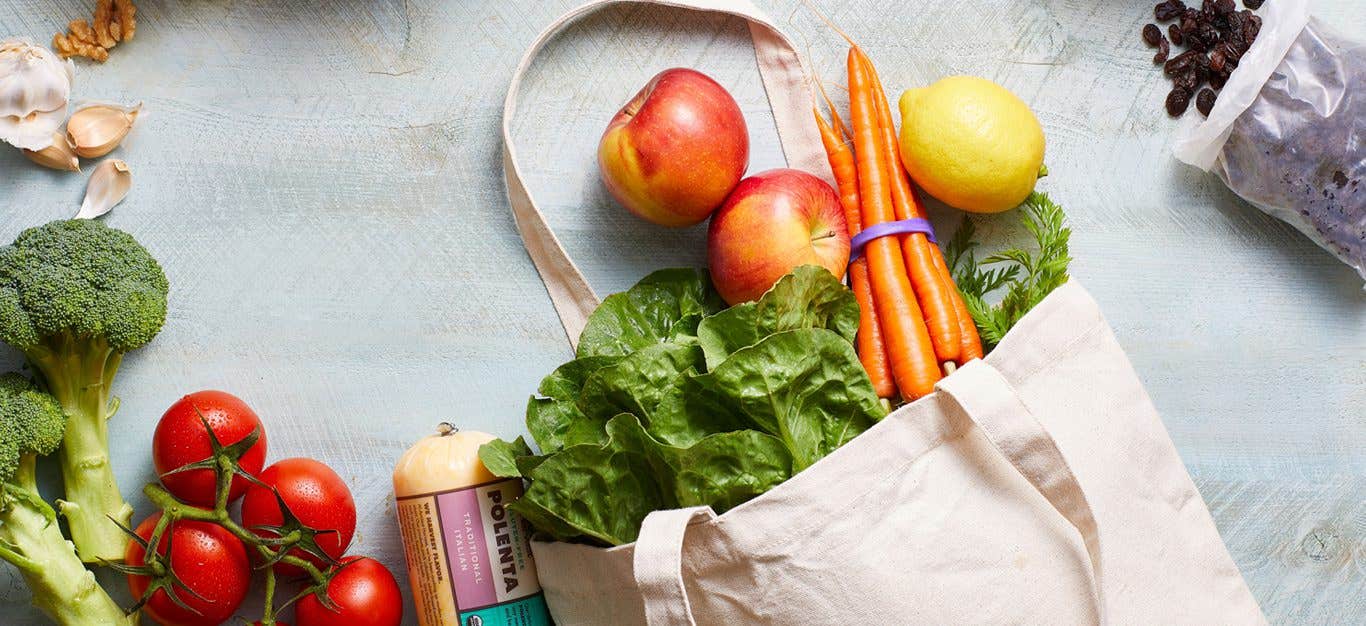Anyone who’s ever cooked with onions can tell you that cutting them makes you cry. But it has taken decades of research for scientists to pinpoint why. In 2002, Japanese researchers identified a unique enzyme that produces lachrymatory factor (LF), a volatile sulfuric compound that is part of an onion’s natural defense mechanism. Once airborne, LF triggers a stinging reaction in the tear glands. There are lots of offbeat recommendations for avoiding this reaction: Sticking your tongue out, holding a piece of bread in your mouth, and lighting a candle nearby, to name a few. But the best way to keep from crying when cutting onions is to prevent LF from reaching your eyes in the first place. Here are five hacks that actually help to keep your time in the kitchen tear-free.
1. Sharpen Your Knives
Cutting onions with a dull blade crushes the onion flesh before it cuts it, causing the cells to produce more LF. Keep your blades sharp to prevent excess LF from spritzing your workspace.
2. Chill 30 Minutes Before Chopping
Cold temperatures slow down onions’ volatile sulfur compounds, so they won’t reach your eyes as quickly—or at all. Don’t store your onions in the fridge, though. Cold temperatures and moisture soften onions’ flesh and make it more susceptible to mold.
3. Wear Goggles
If you’re highly sensitive to onions’ irritant properties, this is the route to go. Goggles seal off your eyes from tear-inducing molecules released when an onion is cut. You can buy specialty onion goggles, but a pair of swimming or safety goggles works as well.
4. Ventilate Your Work Area
Turn on an exhaust fan, open a nearby window, or take the onions (and a cutting board) outside. The circulating air whisks away airborne irritants before they reach your tear ducts.
5. Keep the Root End Intact
This is good advice in general because the root end holds an onion’s layers in place while you slice or chop. The root of an onion also contains the highest concentration of LF and other sulfur compounds, making it the most potent part of the onion to slice. Learn more in our Knife Skills for Beginners Guide.
Now that you’re confident in your slicing and dicing technique, try one of these yummy onion recipes to showcase your new skills:
Related News
Get Our Best Price On The Forks Meal Planner

Forks Meal Planner takes the guess work out of making nutritious meals the whole family will enjoy.
Master Plant-Based Cooking!
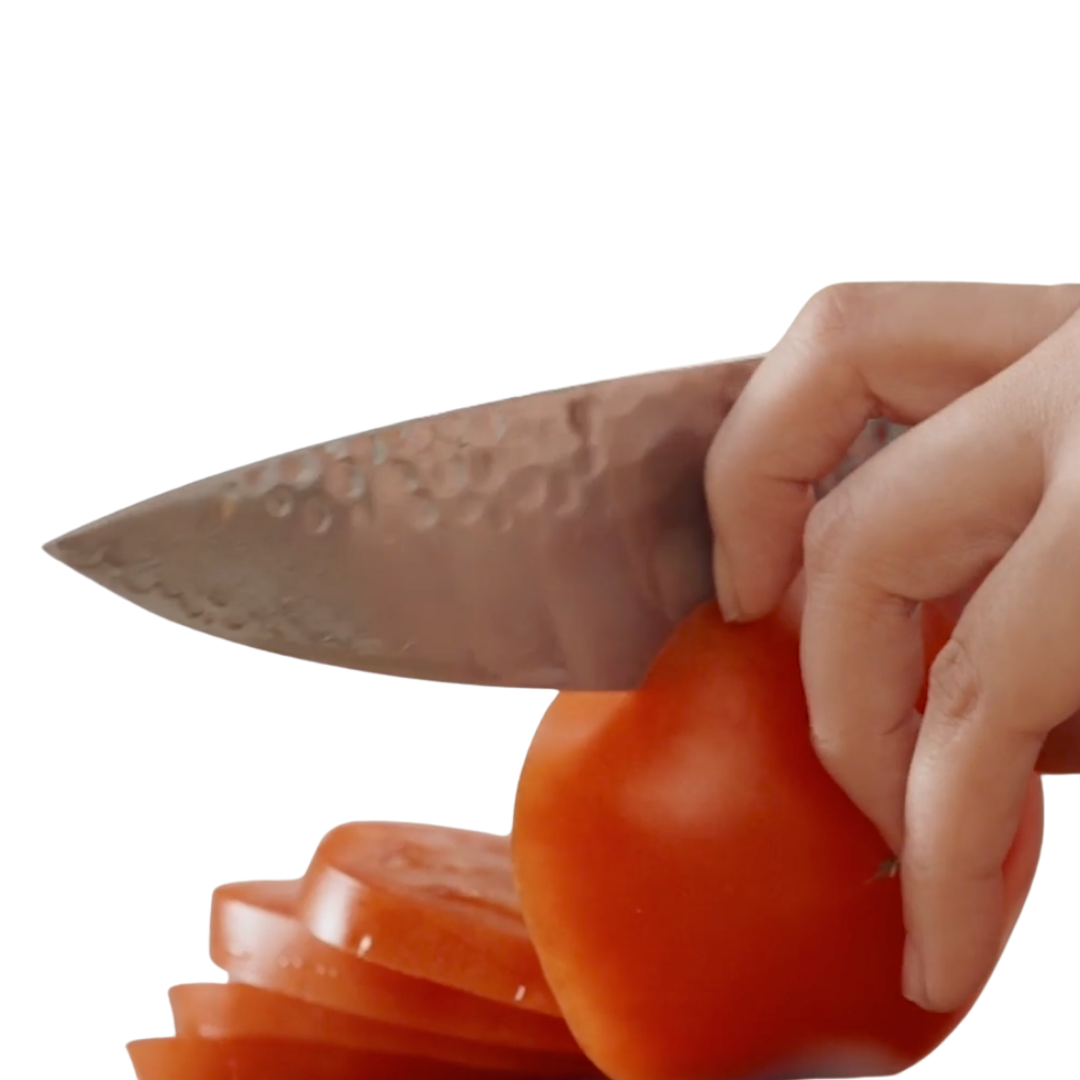
Our new course features over 100 lessons, 50+ recipes, downloadable guides, and more!
New Frozen Meals!
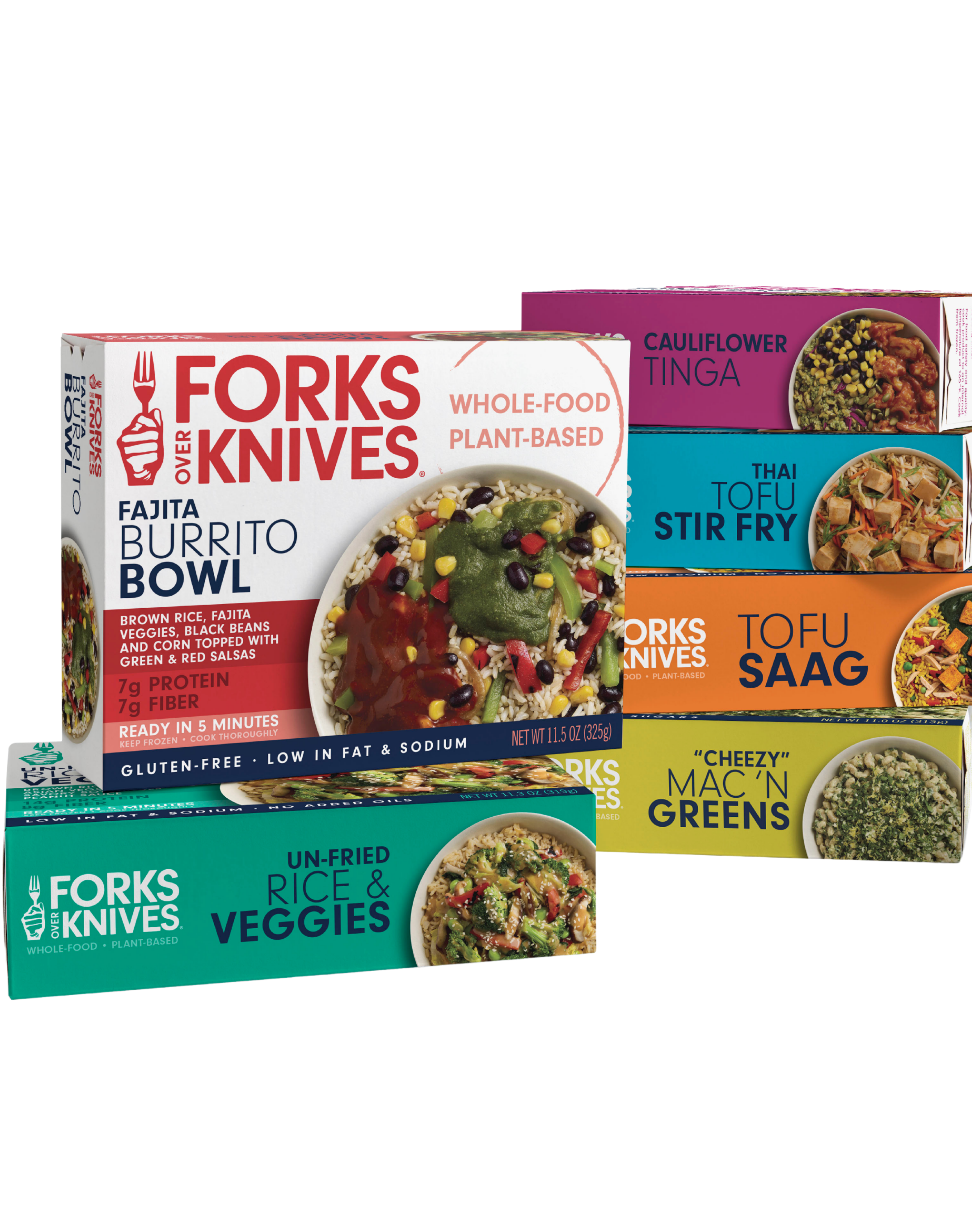
Introducing our new frozen meals: Doctor-recommended, chef-crafted, & ready in minutes.

